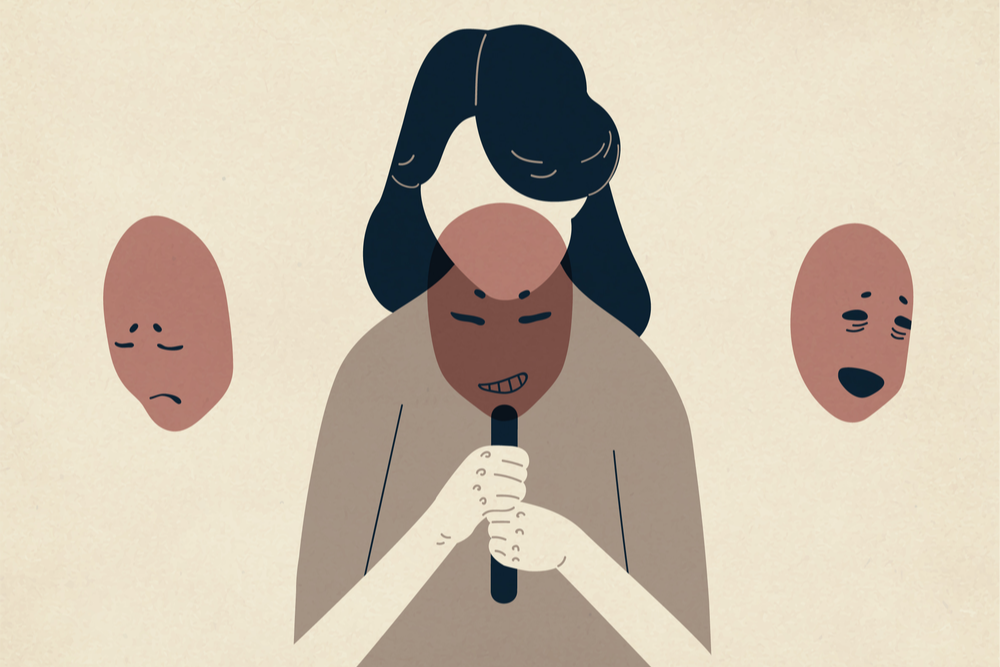Emotional ups and downs are a normal part of life. Your feelings will shift as you react to each situation throughout your day. But for some people, negative moods last much longer. They also feel fewer positive moments overall and might be a sign of depression. Here we’ll review the ups and downs of depression disorders. Then we’ll look at why some people turn to drugs or alcohol. Finally, we’ll discuss dual diagnosis treatment for both conditions.
The Ups and Downs of Depression
A person may shift between emotions in a short time. They may appear sad for a while, then become irritable and snappy to others. These may seem like totally different mood states, but they can all come from a foundation of depression. Depression is a whole-person disorder affecting a person’s mind, body and emotions. The following examples show the impact depression can have.
Midlife changes for women
Women have a higher risk of depression as they near menopause. Changes in hormonal balance and life events can trigger mood swings. These changes may leave women feeling powerless. Between 18% and 38% of women in menopause feel depression symptoms at some point.
Depression symptoms in men
Depression can look different for men than it does for women. Men may show anger or irritability instead of sadness. They may also isolate themselves to avoid stressful situations; it can look like mood swings or an anger problem. Men are also less likely to seek help or talk about depression.
Older adults
Mood disorders are more common for people with other health issues. Nearly 80% of older adults have one chronic health condition. The death of a spouse or partner can also lead to depression. Sometimes older people mention physical depression symptoms more than emotional ones. These can be mistaken for signs of physical ailments. A person’s depression may stay hidden and untreated.
How the ups and downs of depression are linked to substance use
Depression can feel miserable. Some days it may seem like nothing will get better. When people are in emotional pain, they may turn to drugs or alcohol, known as self-medicating. Substance use may be a short-term distraction. But being intoxicated can make symptoms worse. Substance use may also become a harmful habit. It may develop into an addiction with even more symptoms. When these disorders occur together, they can affect a person’s life in complex ways. A growing number of older adults need treatment for both disorders. Little research has been done on this age group. With the baby boomer generation getting older, this issue may need more attention.
How can dual diagnosis treatments help?
In the United States, 7.7 million adults cope with mental health and substance use disorders, called dual diagnosis. It’s essential to treat both conditions together. Sometimes it’s hard to tell which one came first. But if one goes untreated, it may be difficult for both to improve. Dual diagnosis treatment can be done in outpatient and inpatient settings. Treatment addresses a person’s physical, mental, and emotional needs. The first step is to help the person stop using substances. A person may also need help managing nutrition and sleep. They’ll also do group and individual therapy. Family members are often involved as well. Some people believe mental health issues are a normal part of aging. Another myth is that older people don’t often misuse substances, but neither of which is true. Treatment can work for younger and older adults with dual diagnoses.
Seeking help for dual diagnosis conditions
A person may realize their depressed mood and substance use are signs of a problem. But they may feel stuck in a harmful cycle. That’s why it’s so important to seek help and ask questions when red flags appear. Dual diagnosis treatment can help, so reach out today for more answers.
Contact us at the P.A.T.H. program at 713-528-3709.

